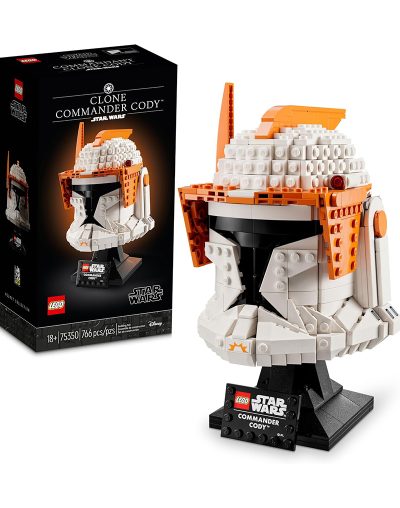Parenting is a lot like being a detective—except instead of solving mysteries, you’re trying to figure out why your kid just threw their dinner on the floor. To crack the case, you’ll need to look at the clues: Is it a power struggle, frustration, or just a case of “I don’t like broccoli”?
Choosing the right discipline strategy isn’t about finding a quick fix; it’s about understanding your child’s unique needs and responding accordingly. Every child is different, so your “solution” might not be the same as the one you used last time. Let’s break it down and find the right approach for your little suspect!
1. Know Your Child: Age and Temperament Matter
The first rule of effective discipline? No one-size-fits-all solutions. Children are as diverse as the toys they throw around the house. A toddler who’s testing boundaries will need a different approach than a teenager rolling their eyes at you.
The key is to understand where your child is developmentally. Younger kids need clear, simple expectations and consistency—think time-outs, redirection, and positive reinforcement. Teens, on the other hand, may need more in the way of discussions, natural consequences, and space to reflect.
Also, consider their temperament. Some kids are naturally sensitive and may respond better to a calm, empathetic approach. Others might need firmer boundaries to understand where the line is. If your child is more sensitive, avoid harsh punishments and opt for positive guidance instead. Conversely, a defiant child may need more structured discipline, like logical consequences and firmness.
2. Understand the Root of the Behavior
Before jumping to conclusions or doling out punishment, take a step back and ask: Why is my child behaving this way? Is it a cry for attention, frustration, or boredom? Maybe they’re testing limits, or perhaps they didn’t get enough sleep.
The cause behind the behavior plays a huge role in determining the best strategy. For example, a child throwing a tantrum because they’re tired may just need a nap and some emotional validation—not a consequence.
3. Focus on Positive Parenting
Positive parenting strategies, which prioritize empathy and connection, should be your foundation. The goal isn’t just to stop bad behavior. Rather, it’s to teach children how to regulate their emotions and make better choices.
This means emphasizing understanding over punishment, rewarding good behavior more than punishing bad behavior. Also, keep your tone respectful, not reactive.
4. Consistency is Key
Once you’ve picked your approach, stick to it. Kids thrive on consistency, and switching discipline strategies on a whim can be confusing.
Be clear about your rules and consequences, and apply them consistently. When your child knows that certain behaviors have predictable outcomes, they’re more likely to adjust their actions.
Conclusion
Choosing the right discipline strategy isn’t about finding the “perfect” method. Instead, it’s about finding what works best for your child’s temperament, developmental stage, and the specific situation at hand.
The more you understand your child’s unique needs and respond with empathy and consistency, the more effective your discipline will be. And hey, if it doesn’t always work out perfectly? You’re still a superhero in their eyes—at least until the next tantrum!
Ready to crack the code of effective discipline? Explore more tips and strategies to tailor your parenting approach on Marvelus Kids!









